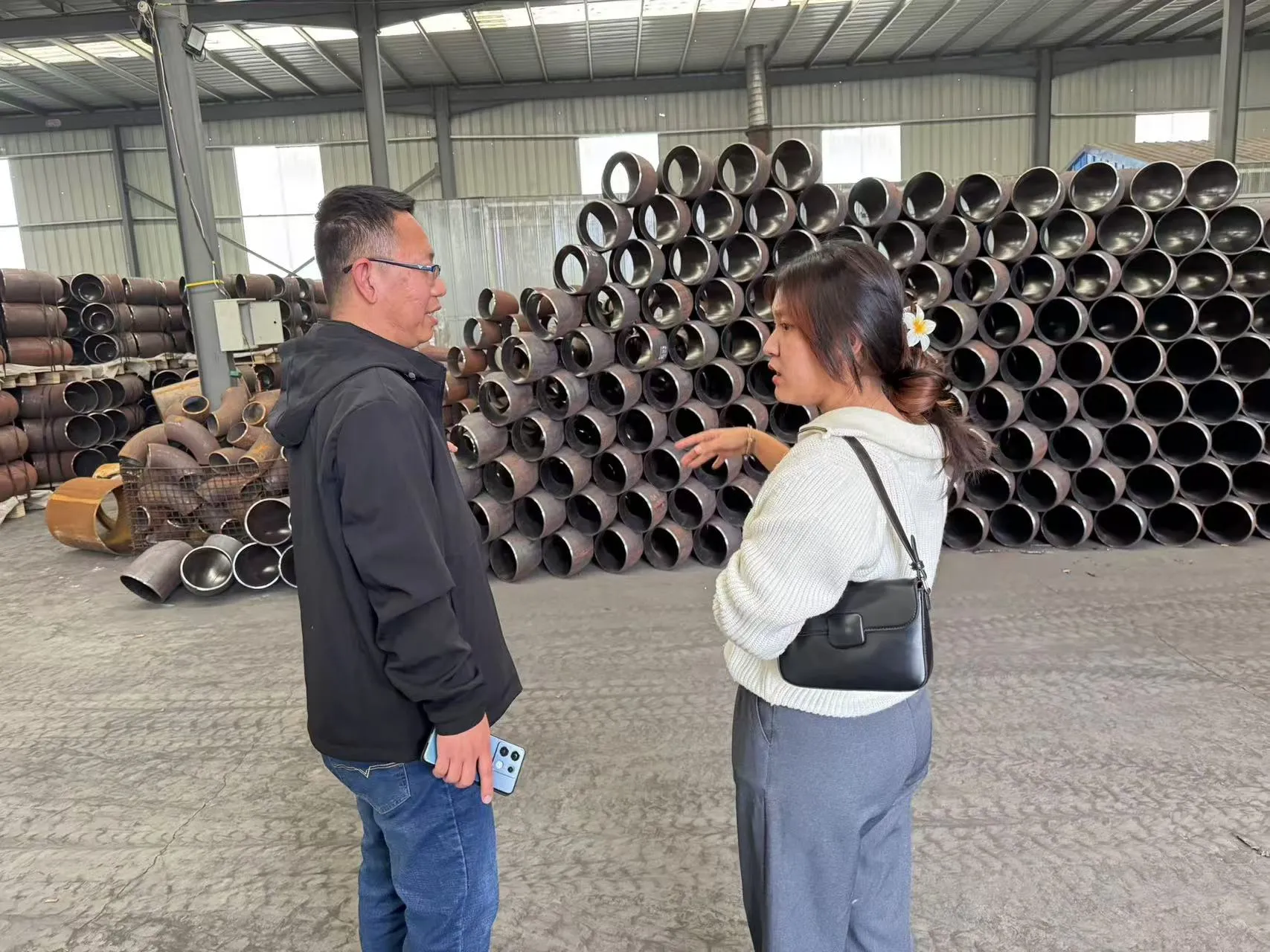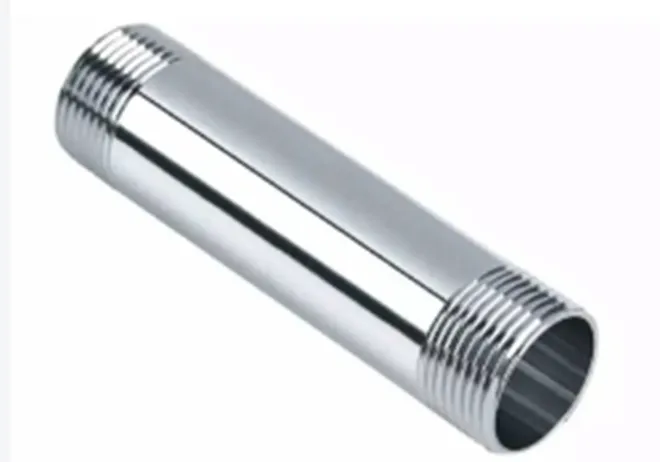-
Cangzhou Yulong Steel Co., Ltd.
-
Phone:
+86 13303177267 -
Email:
admin@ylsteelfittings.com
- English
- Arabic
- Italian
- Spanish
- Portuguese
- German
- kazakh
- Persian
- Greek
- French
- Russian
- Polish
- Thai
- Indonesian
- Vietnamese
- Zulu
- Korean
- Uzbek
- Hindi
- Serbian
- Malay
- Ukrainian
- Gujarati
- Haitian Creole
- hausa
- hawaiian
- Hebrew
- Miao
- Hungarian
- Icelandic
- igbo
- irish
- Japanese
- Javanese
- Kannada
- Khmer
- Rwandese
- Afrikaans
- Albanian
- Amharic
- Armenian
- Azerbaijani
- Basque
- Belarusian
- Bengali
- Bosnian
- Bulgarian
- Catalan
- Cebuano
- China
- China (Taiwan)
- Corsican
- Croatian
- Czech
- Danish
- Esperanto
- Estonian
- Finnish
- Frisian
- Galician
- Georgian
- Kurdish
- Kyrgyz
- Lao
- Latin
- Latvian
- Lithuanian
- Luxembourgish
- Macedonian
- Malgashi
- Malayalam
- Maltese
- Maori
- Marathi
- Mongolian
- Myanmar
- Nepali
- Norwegian
- Norwegian
- Occitan
- Pashto
- Dutch
- Punjabi
- Romanian
- Samoan
- Scottish Gaelic
- Sesotho
- Shona
- Sindhi
- Sinhala
- Slovak
- Slovenian
- Somali
- Sundanese
- Swahili
- Swedish
- Tagalog
- Tajik
- Tamil
- Tatar
- Telugu
- Turkish
- Turkmen
- Urdu
- Uighur
- Welsh
- Bantu
- Yiddish
- Yoruba

Jan . 26, 2025 02:08 Back to list
API 5L Seamless Pipe
Seamless pipes are a cornerstone of various industrial applications due to their unmatched strength, durability, and resilience to various environmental conditions. Their dimensions play a crucial role in their functionality and suitability for different purposes, ranging from construction and automotive industries to oil and gas exploration. Understanding the dimensions of seamless pipes in millimeters can significantly enhance your ability to choose the correct type and size for your specific needs.
Industry standards such as ASME, ASTM, and API provide recommended dimensions and tolerances to ensure seamless pipes meet global safety and performance criteria. Compliance with these standards, verified through rigorous testing and quality checks, boosts trust and credibility in a seamless pipe's ability to perform as expected. The dimensional specifications of seamless pipes must be tailored to specific use-cases. For example, the construction industry may prioritize pipes with larger diameters and relatively thinner walls to balance load-bearing capacity with weight, while the automotive sector may choose pipes with precise OD and strict tolerance on wall thickness to accommodate the confined spaces and dynamics of vehicle architecture. When selecting seamless pipes, consider not only the dimensions but also the material composition, commonly available in various grades of carbon steel, alloy steel, and stainless steel. Each material type offers different tensile strengths, temperature endurance, and corrosion resistance. A comprehensive understanding of the materials in conjunction with pipe dimensions can greatly enhance the application's efficiency and longevity. Moreover, advancements in technology have allowed for enhanced dimensional precision and the development of customized seamless pipe dimensions. Cutting-edge manufacturing techniques like rotary piercing and pilger rolling have been instrumental in producing pipes with consistent quality and precise measurements. Choosing the right dimensions for seamless pipes is not merely a matter of measurement but requires a profound understanding of industry requirements and application-specific demands. By aligning the dimensional attributes with your particular use-case necessities, you ensure the long-term reliability, safety, and effectiveness of the system in which these pipes operate. In conclusion, seamless pipe dimensions in millimeters are a foundational aspect that influences their suitability for various applications. Proper understanding and application of this knowledge ensure that industries can maintain operations' efficiency and dependability, further solidifying the essential role seamless pipes play in today’s industrial landscape.


Industry standards such as ASME, ASTM, and API provide recommended dimensions and tolerances to ensure seamless pipes meet global safety and performance criteria. Compliance with these standards, verified through rigorous testing and quality checks, boosts trust and credibility in a seamless pipe's ability to perform as expected. The dimensional specifications of seamless pipes must be tailored to specific use-cases. For example, the construction industry may prioritize pipes with larger diameters and relatively thinner walls to balance load-bearing capacity with weight, while the automotive sector may choose pipes with precise OD and strict tolerance on wall thickness to accommodate the confined spaces and dynamics of vehicle architecture. When selecting seamless pipes, consider not only the dimensions but also the material composition, commonly available in various grades of carbon steel, alloy steel, and stainless steel. Each material type offers different tensile strengths, temperature endurance, and corrosion resistance. A comprehensive understanding of the materials in conjunction with pipe dimensions can greatly enhance the application's efficiency and longevity. Moreover, advancements in technology have allowed for enhanced dimensional precision and the development of customized seamless pipe dimensions. Cutting-edge manufacturing techniques like rotary piercing and pilger rolling have been instrumental in producing pipes with consistent quality and precise measurements. Choosing the right dimensions for seamless pipes is not merely a matter of measurement but requires a profound understanding of industry requirements and application-specific demands. By aligning the dimensional attributes with your particular use-case necessities, you ensure the long-term reliability, safety, and effectiveness of the system in which these pipes operate. In conclusion, seamless pipe dimensions in millimeters are a foundational aspect that influences their suitability for various applications. Proper understanding and application of this knowledge ensure that industries can maintain operations' efficiency and dependability, further solidifying the essential role seamless pipes play in today’s industrial landscape.
Next:
Latest news
-
ANSI 150P SS304 SO FLANGE
NewsFeb.14,2025
-
ASTM A333GR6 STEEL PIPE
NewsJan.20,2025
-
ANSI B16.5 WELDING NECK FLANGE
NewsJan.15,2026
-
ANSI B16.5 SLIP-ON FLANGE
NewsApr.19,2024
-
SABS 1123 FLANGE
NewsJan.15,2025
-
DIN86044 PLATE FLANGE
NewsApr.19,2024
-
DIN2527 BLIND FLANGE
NewsApr.12,2024
-
JIS B2311 Butt-Welding Fittings LR/SR 45°/90° /180°Seamless/Weld
NewsApr.23,2024











